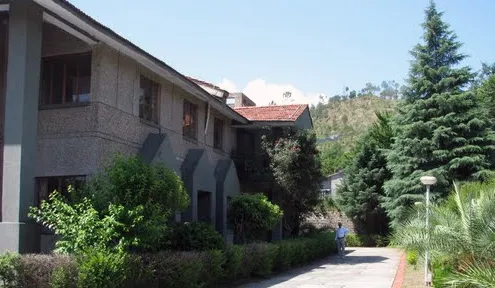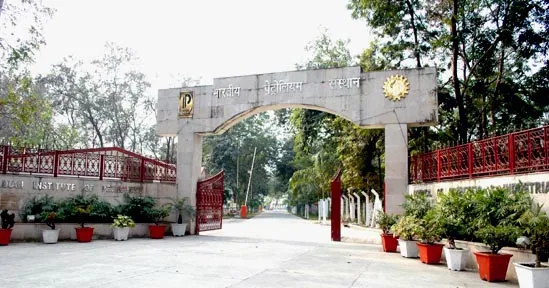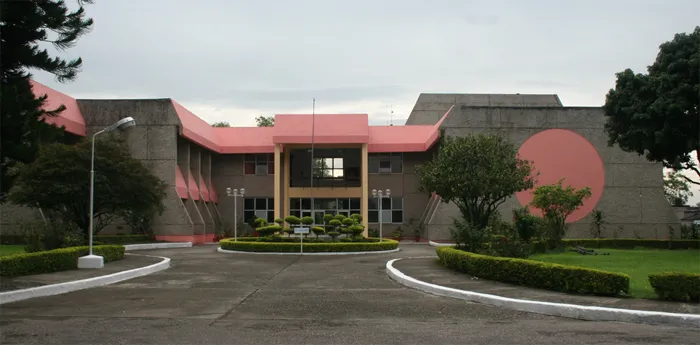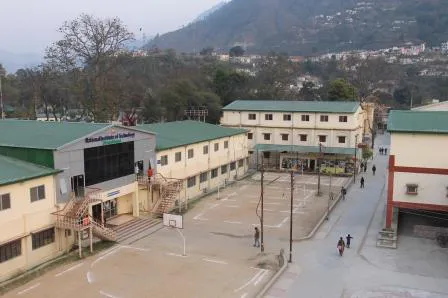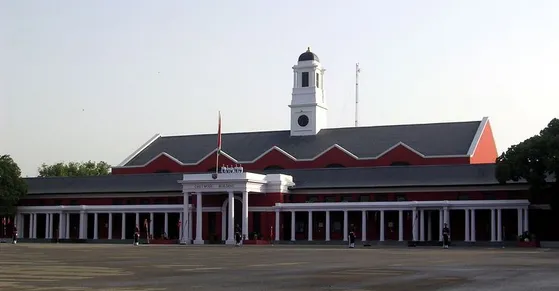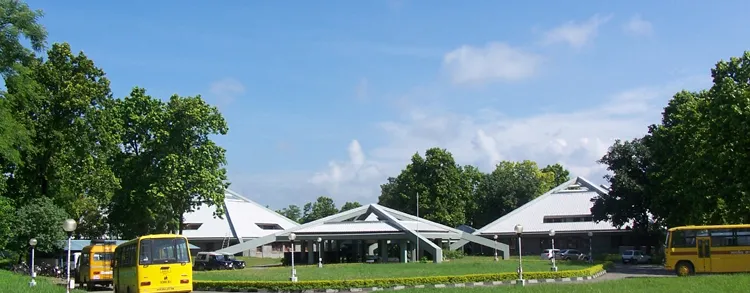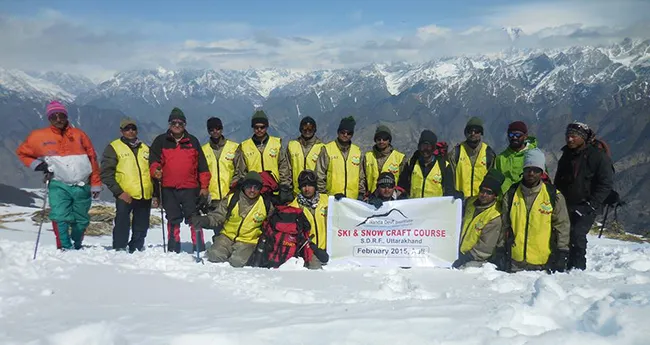G. B. Pant Institute of Himalayan Environment and Development was established in August 1988, at Kosi-Katarmal, Almora, as an Autonomous Institute of the Ministry of Environment and Forests, Government of India. The Institute is identified as a focal agency, to advance scientific knowledge, to evolve integrated management strategies, demonstrate their efficacy for conservation of natural resources and to ensure environmentally sound development in the entire Indian Himalayan Region (IHR).
Apart from undertaking research and technology development and/or demonstration on its own, the G.B Pant Institute of Himalayan Environment & Development (GBPIHED) has established linkages with National and International Organizations committed to environment and development linked issues in the mountain regions.
The Institute has been recognized as a nodal agency for research and development programmes in the Indian Himalaya by the Planning Commission, the Ministry of Environment and Forests, Government of India, and many International organizations. All R&D activities of the Institute are essentially multi-disciplinary in nature, and based on a conscious effort to interlink natural and social sciences to promote sustainable development.
Vision and Area of Operation of GBPIHED
- To undertake in-depth research and development studies on environmental problems of the Indian Himalayan Region.
- To identify and strengthen the local knowledge of the environment and contribute towards strengthening researches of regional relevance in the scientific Institutions, Universities/NGOs and Voluntary agencies working in the Himalayan region, through interactive networking.
- To evolve and demonstrate suitable technological packages and delivery systems for sustainable development of the region in harmony with local perceptions.
The G.B Pant Institute of Himalayan Environment & Development (GBPIHED) functions under a Society, guided by a Governing Body and a Science Advisory Committee. It has a decentralized set up, with its headquarters at Kosi-Katarmal, Almora, and at present four other units are operational at Srinagar (Garhwal Unit), Mohal – Kullu (Himachal Unit), Tadong-Gangtok (Sikkim Unit) and Itanagar (NE Unit). The R&D activities of the Institute are centred around seven core programs, namely Land and Water Resource Management, Sustainable Development of Rural Ecosystems, Conservation of Biological Diversity, Ecological Economics and Environmental Impact Analysis, Institutional Networking and Human Investment, Environmental Physiology and Biotechnology and Indigenous Knowledge Systems.
Institute Funding
The G.B Pant Institute of Himalayan Environment & Development (GBPIHED) receives core funding from the Ministry of Environment and Forests, Government of India. The research and development activities are, however, substantially strengthened through external funding obtained from different National (DBT, CSIR, DST, UGC, ICSSR, INSA, ICAR, NEC, Sikkim Govt., WWF-India, etc.) and International (ICIMOD, UNESCO, NORAD, TSBF, CIDA-SICI, McArthur Foundation, BCN, TMI, UNDP, FAO, UNIDO, UNICEF, etc.) agencies.
Research and Development in GBPIHED
All research and developmental activities of the Institute are essentially multi-disciplinary in nature, and are based on a conscious effort to interlink natural and social sciences to promote sustainable development of the Indian Himalayan Region by preserving the fragile ecosystems, indigenous knowledge and customs in complete harmony with the perceptions of the local inhabitants.The project sites are selected carefully, keeping in mind the heterogeneous heritage of the region and its specific needs. The thrust of research and development efforts is to provide solutions to location specific problems through time bound projects. The present efforts are implemented through seven Core Programs, viz.,
- Land and Water Resource Management,
- Sustainable Development of Rural Ecosystems,
- Conservation of Biological Diversity,
- Ecological Economics and Environmental Impact Analysis,
- Institutional Networking and Human Investment,
- Environmental Physiology and Biotechnology, and
- Indigenous Knowledge Systems.
Major Achievements of G.B Pant Institute of Himalayan Environment & Development:
Restoration and Rehabilitation
- Development and demonstration of SWEET (Sloping Watershed Environmental Engineering Technology) package for rehabilitation of degraded lands in Himalaya.
- Demonstration of Integrated Watershed Management in Central and Eastern Himalaya focusing on agro-forestry models and low cost technologies.
- Application of Spring Sanctuary Concept in Catchment Area Protection under SWAJAL initiatives in Uttaranchal
Impact Assessment and Mitigation
- Data base of Glacier retreat, flow and suspended sediment pattern in Central Himalaya and analysis of climate variability
- Solid Waste Management for Valley of Flowers (Uttrakhand); Carrying capacity assessment and ambient air quality monitoring in Himanchal Pradesh.
- Demonstration of Mountain Risk Engineering techniques for slope stabilization and geo-environmental hazard assessment in in Uttrakhand & Sikkim
Facilities in G.B Pant Institute of Himalayan Environment & Development
Library & Information Centre, Internet & Video Conferencing (IT Cell), Sophisticated Tissue Culture Labs, RS and GIS Cell, GPS Reference Stations, Labs for Soil, Water and Plant Analyses, Multilocation Weather Monitoring Stations, ENVIS Centre on Himalayan Ecology, Lead Centre for Himalayan Biosphere Reserve, Documentation Cell, ICIMOD Cell, Rural Technology Complex, Glacier Study Centre, Disaster management Faculty, Central Instrumentation Laboratory, Nature Interpretation & Learning Centre, Arboretum & Plant Nurseries, Herbal Gardens, Greenhouses/Polyhouses, Videography, Project Formulations, Consultancy, Training, Workshop & Seminar
